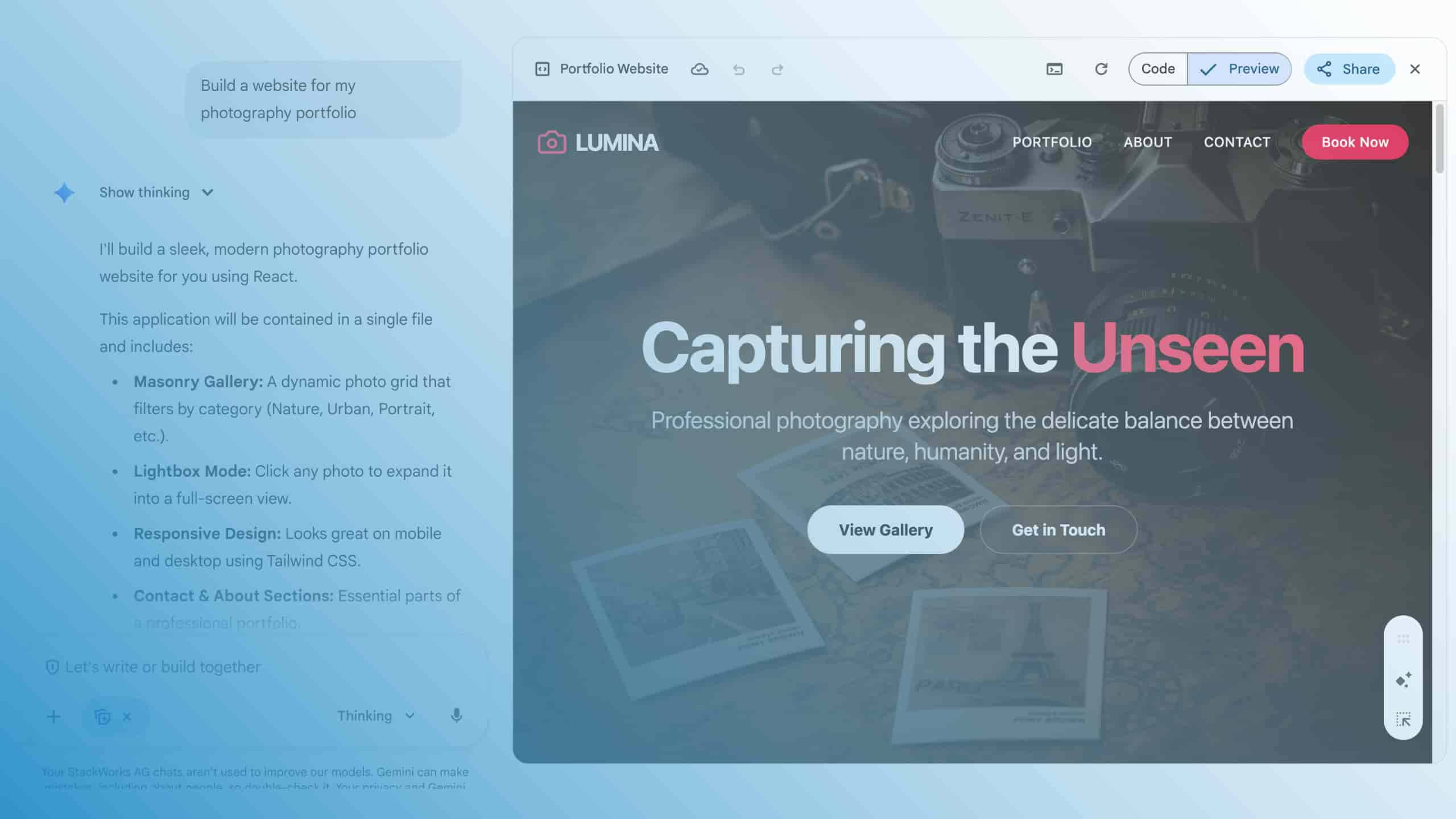Back-up - also a must when working in the cloud

Cloud solutions such as Google Workspace offer a wide range of security features. They enable secure storage of files and data without a great deal of effort. But the question arises: Do we need additional backups? And if so, how can backups be implemented sensibly?
Why are backups essential despite cloud security?
Cloud services such as Google Workspace are generally very well protected against external threats. For example, redundant data storage makes it possible to restore any destroyed data from another data center in the event of a fire. The versioning of files also makes it possible to retrieve previous versions.
Nevertheless, there are scenarios in which data can be lost. In most cases, there is no malicious intent, but a human application error. Files are often deleted by mistake and there is no way to revert to a previous version. The consequence: important data is irrevocably gone. Companies should therefore not underestimate the need for backups - especially if business-critical data is stored in the cloud.
"A backup is the safety belt for your data in the cloud - it catches you when the unexpected happens. This is becoming increasingly important as human error, such as accidental deletion or misconfiguration, remains a common cause of data loss even in the age of advanced technology. A backup is the only way to recover."
Kevin Heeb - Cloud Consultant & Backup Expert
Managed back-up or independent administration?
Managing backups can be very time-consuming and complex for companies. This raises the important question: does the company want to manage the backups independently or is it more efficient to rely on a managed backup?
A managed backup offers clear advantages: The company can concentrate fully on its day-to-day business, while an external provider ensures that the backups always run reliably. This not only reduces the workload, but also ensures that the data can be restored without any problems in the event of an emergency.
Which data should be backed up?
To prevent such losses, it is especially important to ask whether business-critical data is stored in the cloud. This can be customer contracts, documentation or work contracts, but also productive files that users use to exchange information about projects. If the answer is "yes", the company should regularly create a back-up. The challenge here is that there is no such thing as a one-size-fits-all back-up. Rather, it is an instrument for data protection that should always be designed individually.
Recovery Time Objective (RTO) - how quickly does a restore have to take place?
An important criterion when planning a backup is the recovery time objective (RTO). It describes the maximum amount of time it can take to restore the data without the company running into problems.
It is also important to consider what should also be backed up, in what form and how the restore should take place. It is not always necessary to import a complete backup. It is often sufficient to search folders for individual files and restore them. It is also possible to restore specific users or organizational units. It is important to know in this context that native Google documents, for example, cannot be exported as such and therefore cannot be restored. This can lead to changes in the formatting. Google versioning is also missing.
Recovery Point Objective (RPO) How much data loss is acceptable?
Another key aspect is the recovery point objective (RPO), which specifies how often a backup must be created in order to define the maximum acceptable data loss. This depends on how often the data changes and how critical these changes are for the company.
It also makes sense to consider the back-up frequency and retention. The back-up frequency describes how often a back-up is performed per day - depending on the solution, this can be up to three times a day.
The storage period of the backup - the retention - is also an important aspect that determines the success of backups. With good backup solutions, the retention can be set to unlimited, so that important data always remains accessible and complies with legal retention periods.
According to Veeam's Data Protection Trends Report 2022, 89% of respondents report a discrepancy between tolerable data loss and the frequency of their data backups. This shows that the need for regular backups should not be underestimated.
3:2:1 backup rule for maximum safety
The 3:2:1 backup rule ensures a high level of security:
- Three copies of the data: The original data plus two additional backup copies.
- Storage on two different media: The backup takes place in two independent cloud storage locations
- A copy at an external location: To ensure that the data is not lost even in the event of local disasters such as fire and flooding.
This rule significantly minimizes the risk of complete data loss and ensures that backups are always available.
Flexible backup solution with granular recovery
Good backup solutions are characterized not only by their ability to create complete backups, but also by their flexibility when restoring. Granular restores make it possible to restore specific files, folders or users. These selective restore options are particularly valuable when only individual data is affected and a full restore is not required. A backup must not only provide a full restore, but also be flexible to meet different requirements.
Conclusion: review your own data strategy
Even if you already use a cloud solution such as Google Workspace, you should ensure that additional backups are available to protect against possible data loss.
Talk to us about the possibilities. From as little as CHF 3 per user per month, you can take advantage of a backup solution for your Google Workspace environment.






